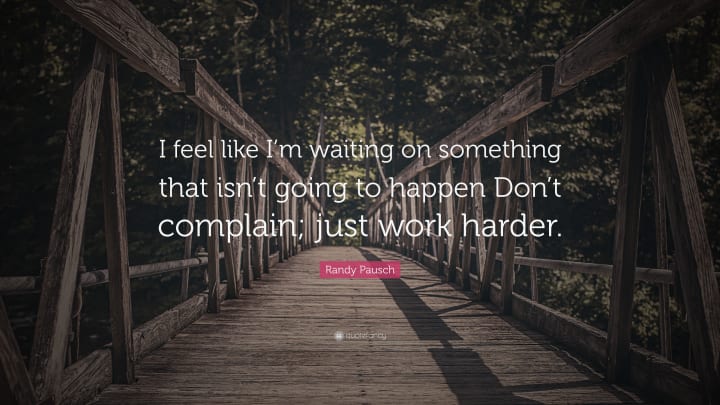Stock Trading - Entry 1
How I Got Started Stock-Trading with $360

While I like sci-fi, there is no sci-fi here. Just my journey into not starving for money both now and in retirement. And I start with very little – only $360.00 …Canadian. And I will show you how I got that, too. No penny trading (I will get into why not later).
Ok, what am I promising and what legal caveats are there? I will lay out the approach I took and criteria I applied in a series of articles in the hopes that you find something useful to get investing on your own terms with very little money. Note: if you do the exact same thing as I did, I cannot guarantee the same results since I am not actually offering advice. I simply describe the path I took, which you can easily tweak for yourself to get trading, build up some wealth, and feel good about it. Whether or not you consult a financial advisor regarding anything I write in this series of articles to develop your own investment strategy is also your own choice.
Are you ready to see what very simple steps I took to reach new investment heights?

So…what’s the first question I asked myself on this journey? Well, it was about identifying my sell-out lines; in other words, will you sleep well if you invest in industry X? For example, do you buy oil and gas or will you choose not to even if they could make big bucks for you? With a simple yes or no or depends for an industry, you will have your answers. Below were my initial sell-out lines:

There may be other industries you are considering or find listed elsewhere, in which case, add them along with your answers. At this point, I have chosen not to revisit this list more than twice a year. Not only do I not have piles of money available to invest at multiple points throughout the year, but I also don’t want to let my emotions get the best of me by encouraging me to switch my investments more frequently than I should.
Why? The act of buying and selling stocks costs a little money. Be it a flat rate or a percentage, if I sell frequently, I have to pay those fees frequently, too. Eating into any gains I make so early on requires big movements in stocks very regularly in order for those fees to have minimal impact. Bit too much of an ask, IMO.
This leads me to the second question I asked myself: how quickly do you need to see results? Be honest. I had $360 and would love to have seen $1 million in there in five minutes after a couple of trades.
Reality Check:

If you want quick results, stop reading this series of stock trading articles. I want to live life where I only have to look at stocks and my portfolio every couple of months or so. I don’t need or want another 9-to-5 job monitoring every miniscule change in the price of many stocks and making buy-sell decisions in seconds and doing all sorts of analyses on everything. That's what I'm writing about.
The next question I asked myself was: how much room can you give your money to work? The money I chose to invest is money I wouldn’t need to touch unless the impact of some financial disaster lasted more than three months. After all, I set myself up to not need to rely on any investment gains to fund my current lifestyle. I wanted to use them for retirement while everything else would cover big purchases and current lifestyle. Yours could be to save up for a down payment on a house or your first car or a wedding/honeymoon.
For me, this meant I had a potentially long period to invest since I could have easily labelled it 'for retirement', but I wanted something that moved in less than thirty years. So, I arbitrarily added a bit of a time component to my first few buys by timing them with my next mortgage renewal, which was coming up in less than three years (as of writing this article). This doesn’t mean I would force myself to sell at three years. I mean if was doing ok or poorly, I would get rid of them to make room for stocks likely to perform better. If it was doing well, I could sell much earlier. See? When you make a frame, decisions become easier and those decisions make sense to you.
So, combining not wanting to be glued to stock graphs all day every day and imposing a time frame, that meant I would buy and hold relative to any performance indicators of my choosing (I will get into those in a later article). In short, this means I will buy or sell, then come back in a few weeks or months to check things out (unless a notification pops up).
Then I tackled the following question, how do you get $360 to invest? My next article covers the very simple ways I got that a lot quicker than simply socking away a tiny bit from each of my meager pay cheques – although I did that, too. Those actions I took are likely available to you, too! So read on by clicking here.
About the Creator
Richard Soulliere
Bursting with ideas, honing them to peek your interest.
Enjoyes blending non-fiction into whatever I am writing.






Comments
There are no comments for this story
Be the first to respond and start the conversation.